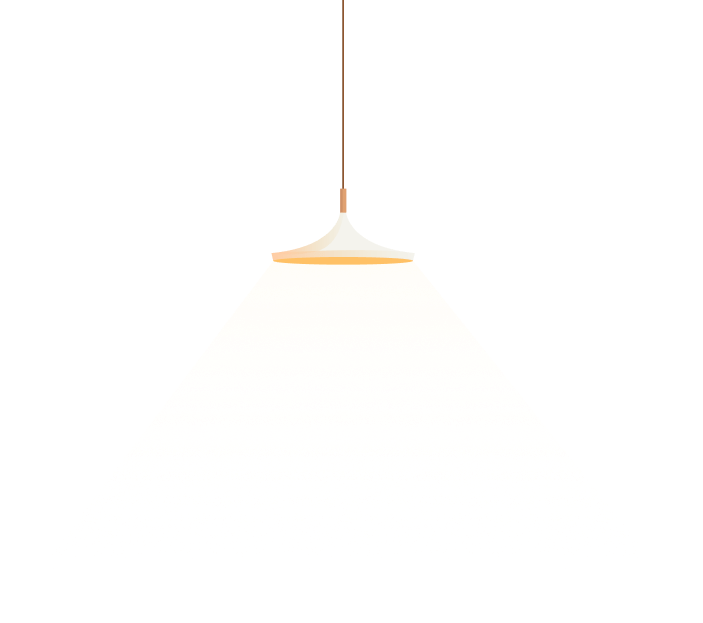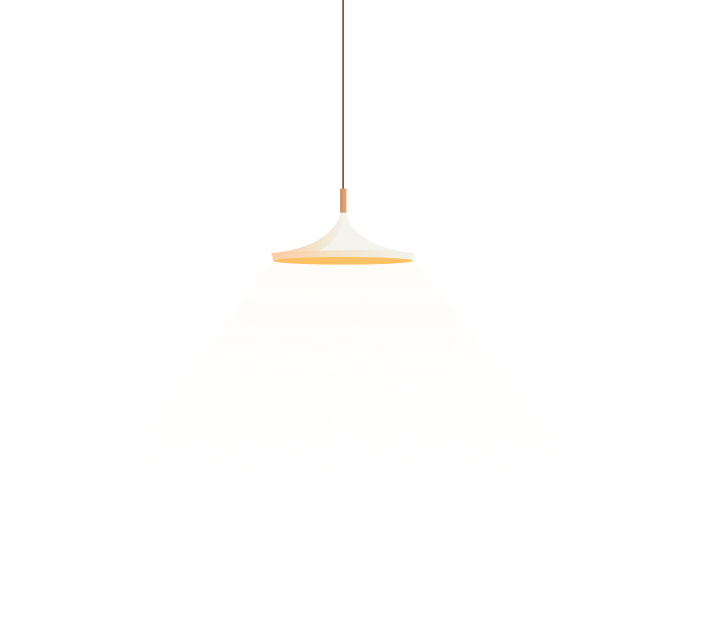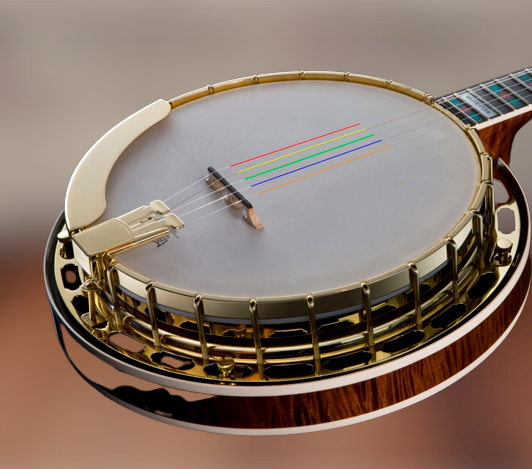Learn the Basics of Banjo Tuning

Banjo tuning is something you may be interested in if you are interested playing one. You should know how to tune a 5-string banjo. This will help you to play with greater accuracy. This will allow you to get the best out of your instrument.
Open G tuning
Open G tuning is a popular option for many banjo players. This tuning is very similar to that of guitar tuning. It allows you to use guitar scales on your banjo. It is also the most common of all banjo tuning 5 String.
The standard G major chord is the basis of it. The first and fourth strings are both tuned in ‘D’ notes. Although the fifth string can be tuned in a similar way to the first and fourth strings, it is one octave more than that of its counterpart.
One Banjo Newsletter reader submitted a arrangement of Bill Keith’s Little Sadie Break in open-G tuning. This submission was submitted by a reader of the Banjo Newsletter. The main purpose of the contributor was to show that this tune can be played in open G tuning.
Despite the many options available, the best tuning depends on the song and the player’s preference. For beginners, ear training is essential. Once the tune has been established, a physical tuner will help to tune the instrument for live performance.
Adapted Jazz Tuning (D, A, E, B)
Adapted Jazz Tuning is a style of guitar playing that is most commonly associated with Irish folk music. This style of playing guitar is characterized by the sacrifice of lower notes to produce a more pleasing sound. The result is an intense drone.
The main advantage of this tuning is the ability to play more than just the standard three chords. The aforementioned ‘one finger’ power chords can be played in this style. This style is also useful for small hands. It also keeps the strings in high tension and prevents them from snapping.
The other obvious advantage of this tuning is that it is relatively easy to learn. This type of tuning is especially important for guitarists who want to develop their technique. The high A and B strings, the lowest on an instrument, can be difficult to play. These notes can be played more easily if you use the right techniques.
This tuning also has the ability to create chord structures similar to those found in six string drop tuning. However, this tuning isn’t always ideal for transposing songs.
Clawhammer vs frailing on a banjo
There are two main types of banjo playing styles. One is the frailing style and the other is the clawhammer style. Both have their origins in West African music.
Failing is a style where the player uses a down-striking motion. Slave and early African Americans used this style of playing. It also comes from Europe, where mandolins were popular.
Clawhammer is a laid back style, which is played at a slower speed. This style is particularly suitable for old-time Appalachian musical styles.
Clawhammer banjo, a five-string instrument tuned to open G is typically played using the fingers of the right side. The thumb rests on the fifth string while the index, middle and middle fingers hit the strings. It can also produce percussive effects by thumping the thumbs on the banjo skin.
The clawhammer style is characterized by a number of downstrokes, which mimic the sound of a steam train. The technique is very satisfying. It is often more melodic than the 3-finger style.
Piccolo banjo
Piccolo banjos are small, acoustic instruments with five strings. The piccolo banjo was originally created to accompany the banjo orchestras in the 1880s. It has a smaller, more compact body, and can be tuned one octave higher than a standard five-string banjo. The gauge of the fifth string is the same as that of the first.
Piccolo banjos are often played with orchestras. However, they can also be used to play melodies using plectrastrums. Although its small body makes it easy to project, the volume of this banjo is less than that of standard banjos.
While some players may use nylon or gut strings, the majority of banjos are strung with steel strings. The neck of a piccolo banjo is usually heavy, and the frets are strong. The strings are strong to prevent the instrument breaking. The strings are usually tuned with friction tuning pegs.
Piccolo banjos can be tuned in D and G. Its neck is 7 frets shorter that the 5-string standard banjo.








